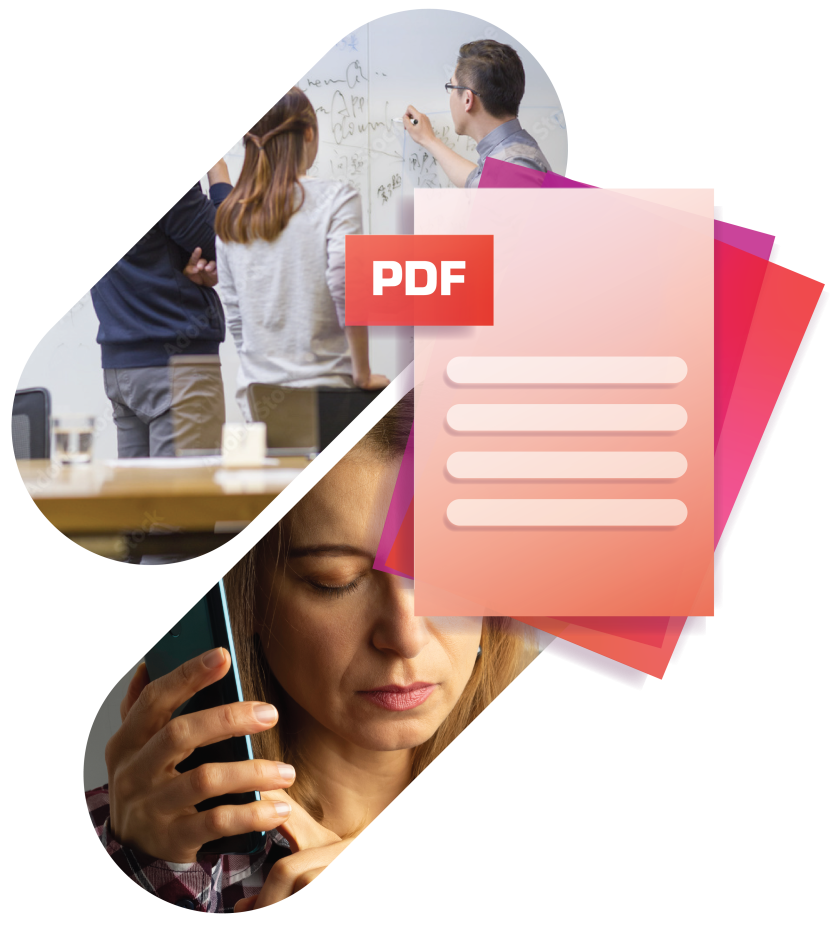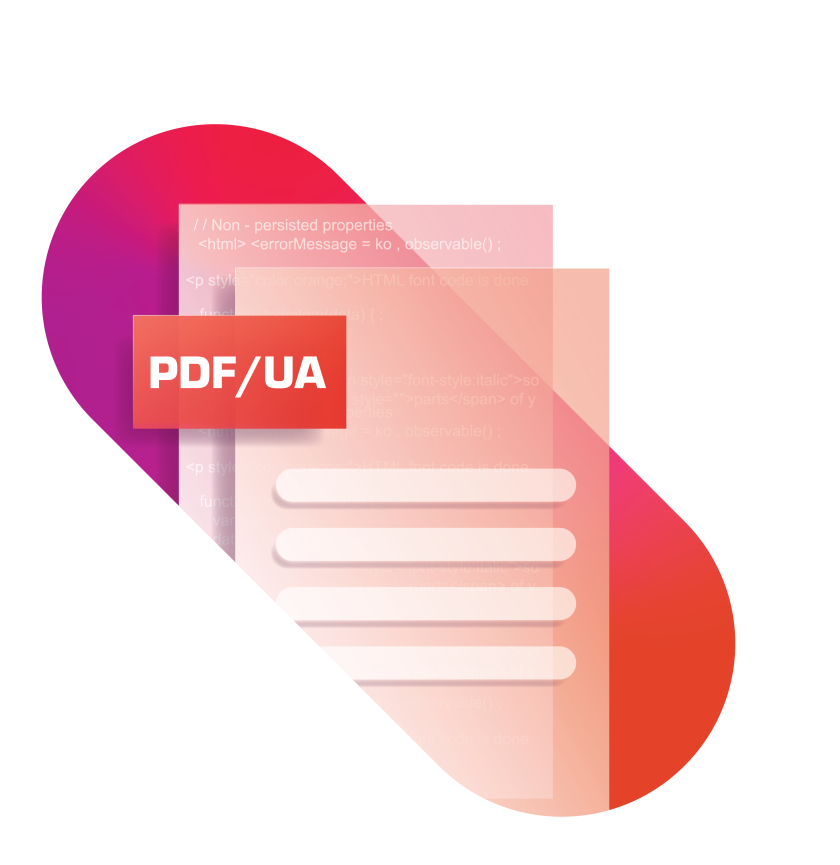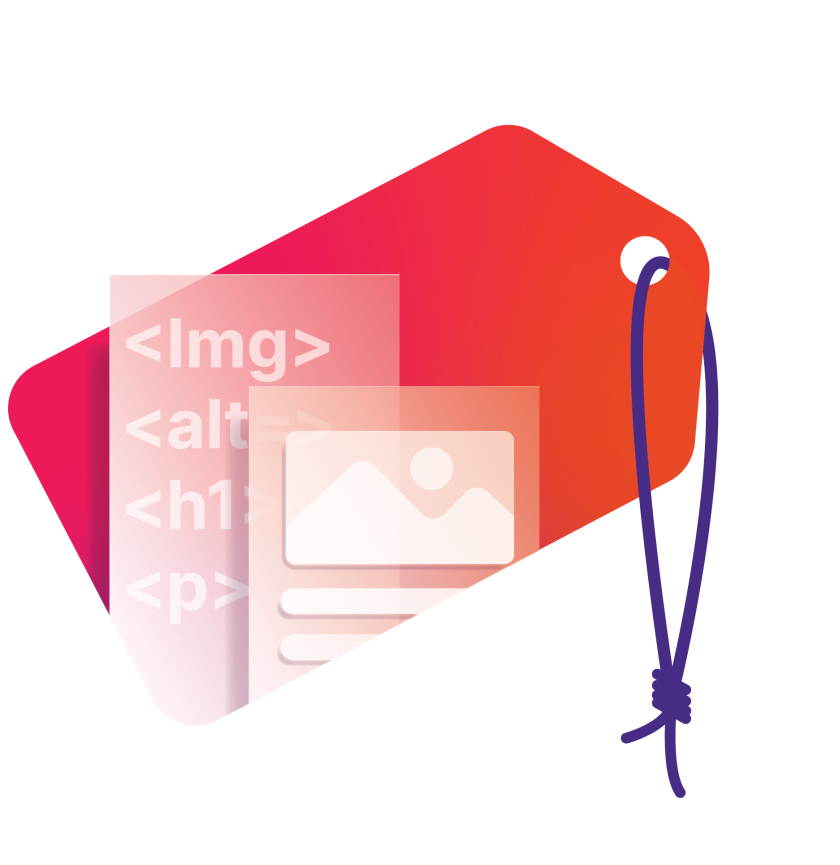Understanding the conceptPDF Accessibility
In most cases, an accessible PDF cannot be recognized at first glance. This is because it is the invisible structural layer that makes a PDF accessible. PAC makes this structure level visible and checks it.
When is a PDF accessible?
Global standards provide a guide for software manufacturers and document creators to support them making accessible digital content, the consistency of the standards enables a user to read a PDF.
The two most important of these standards are WCAG and PDF/UA.

WCAG
The Web Content Accessibility Guidelines (WCAG) define the requirements that web content must meet in order to be accessible. These requirements apply across all formats and are therefore also relevant for PDF files.
WCAG is an ISO standard. In most cases, a reference to WCAG can be found in all regional and national guidelines and laws on digital accessibility. This applies, for example, to BITV and EN 301 549,
PAC supports the WCAG checks.

PDF/UA
PDF/UA is a DIN and ISO standard (14289) that specifies the requirements an accessible PDF must fulfill, but also the requirements of authoring tools for creating accessible PDFs, readers and assistive technologies. UA stands for Universal Accessibility.
PDF/UA is complementary to WCAG and focuses on the technical and PDF-specific aspects and mechanisms relating to digital accessibility.
PAC supports the PDF/UA check set.

My PDF has tags, is it accessible?
At the invisible structural level, all relevant content is marked with labels that provide additional information on their respective role in machine-readable form. The technical term for such labels is "tags".
Fortunately, more and more software is available that can create PDFs with tags. But is it enough for accessibility if tags are present? Unfortunately not!
Incorrect tags are just as big a barrier as non-existent tags. So it is not enough if your PDF simply has tags. These tags must be appropriate. By making these visible, PAC can help you check.
